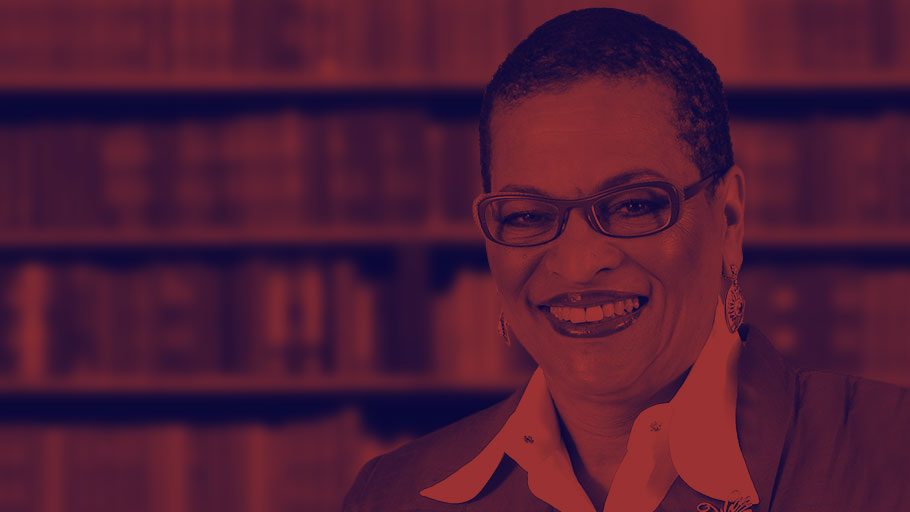In an election year, Labor Day kicks off the official campaign season, and Vice President Kamala Harris kicked hers off with a bang. She had rallies in Detroit, Milwaukee, Det and Pittsburgh, all major cities in battleground states. Joined by local elected officials in each place, Vice Presidential nominee Tim Walz in Milwaukee, and President Biden in Pittsburgh. In Pittsburgh, flanked by AFL-CIO President Liz Shuler, teachers’ union leaders Becky Pringle (National Education Association) and Randi Weingarten (American Federation of Teachers), Harris gave a rousing speech that reminded us that we have organized labor to thank for the 8-hour workday, pensions, paid vacations and health care, worker benefits that have now become standard.
Those benefits didn’t come without a fight, nor did the establishment of Labor Day. In the late nineteenth century, the typical worker put in sixty hours a day, six days a week. There were protests all over the country, and workers were derisively described as “anarchists” and “socialists” because they were prepared to fight for a living wage. The most infamous collision happened in Chicago in an event knows as the Haymarket Riot, or the Haymarket Massacre. On May 4, 1886, police attempted to curtail a protest with violence against workers. Someone, still unidentified, threw a bomb. Seven police officers and between four and eight civilians were killed. Dozens were injured. Eight radical activists were arrested, four were hanged, one committed suicide, and three were pardoned. They were described by many in labor as “martyrs”.
For the next eight years the men were lionized and celebrated. None had any connection to the bomb, but each was passionate about securing an eight-hour day. In June 1894, Congress designated the first Monday in September as Labor Day, a federal holiday. Union activism made Labor Day possible, and though most celebrate Labor Day as the last day of summer, the beginning of the football season, the return to school and to cooler days, and the beginning of the political season, few acknowledge the sacrifice of those unjustly convicted in the Haymarket riot as the genesis for this much anticipated holiday.
Unions are still fighting for worker rights and predatory capitalist employers are still resisting the demand for fair wages and working conditions. The minimum wage has not increased in more than a decade, and too many workers survive by working two minimum wage jobs. Some employers cut corners on health care. In this sweltering summer, many outdoor workers had no protection from heat that exceeded one hundred degrees. At least 37 people died from heat in July. Among those workers who made their transition in August, city worker Ronald Silver died from heat exhaustion while collecting garbage in Baltimore. There are no laws requiring employers to provide breaks in excessive heat. Silver’s family is demanding answers and action from his death.
Unions are the ones who establish health and safety standards in the workplace. Unions are the ones who defend workers rights. Vice President Harris embraced unions, even in the face of the union resisting activity that comes from the right. Resistance to union activity makes it imperative to pass the Protecting the Right to Organize (PRO) Act, since labor rights have been eroded in the past couple of decades. Income inequality was exacerbated during covid, and the emerging gig economy has left many workers with few protections. Vice President Harris understands that unions are one of the ways that workers can get a better deal.
The Harris Labor Day offensive continues the momentum she picked up at the Democratic National Convention. Her speeches were not just about enthusiasm and joy, but also about policy and substance. Her ode to organized labor was a fitting kickoff to this phase of her campaign. Her opponent has only countered with shade – slimy personal attacks and vitriol. It continues to repel many voters.
Snark can’t stop the Harris momentum. With labor at her side, victory is certainly possible.















